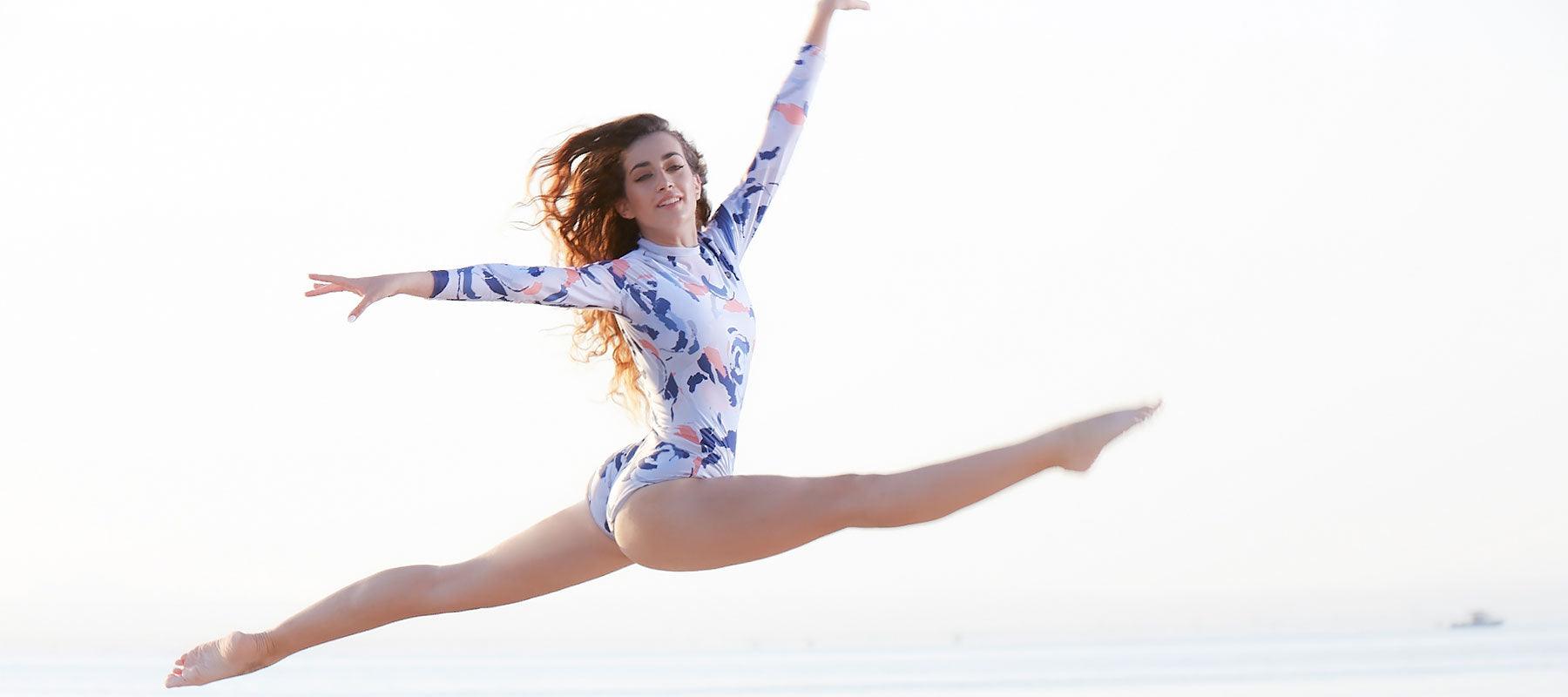
3 WAYS YOGA WILL IMPROVE YOUR SURFING
Here are 3 ways Yoga will improve your surfing, so you can stay inspired while the surf is flat, the weather is too cold, or you are injured...
The same principals can apply to both yoga and surfing.
Where one requires flexibility of the mind and the body, the other is adapting to mother nature and the laws of the ocean. They are the ways of existing in the potency of the natural moment. In simple terms, it’s all about being present and attuned to what our minds and physical bodies are telling us.
Yoga, like surfing, can be uncomfortable, humbling, and require a great deal of patience. Ultimately, it’s an ongoing learning process that is addictive as is it – eventually- pleasurable. It’s a brief moment where we pay homage to the natural world in our hearts and our minds.
“One of the great lessons that surfing teaches you is to be able to go with the flow smoothly and to be in the moment spontaneously… Forget about expectations or disappointment.”
A yogi will tell you they feel a sense of calm the moment they step onto a yoga mat. A surfer will say the feeling is like no other, gliding along the water, paddling out beyond the break, inhaling the salty air before diving under a wave. Both are vehicles for presence. Whether you realize it or not, the intense focus that naturally forms during these activities is what links itself to a mindful experience.
When you repeatedly perform movements like paddling with a hyper extended back, or surf with the same foot forward, the hip and spinal rotation can create muscular tension and limit your range of motion. It’s crucial to attend to these subtle imbalances in the body early on, by stretching on a regular basis and being preventative of any ailments that could happen. Yoga helps target specific muscles to relieve tension and help you maintain flexibility and strength in the long term.
With a regular practice comes focus, stability, breath and awareness: essential tools for tuning into what is happening in your body, enabling you to perform at your best.
Much like MFSEA’s active range that will take you from one activity to the other, seamlessly, yoga is a natural extension of surfing. As we bend ourselves into a pose or wave, we step into freedom. Here’s why:
3 WAYS YOGA WILL IMPROVE YOUR SURFING:
When you repeatedly perform movements like paddling with a hyper extended back, or surf with the same foot forward, the hip and spinal rotation can create muscular tension and limit your range of motion. It’s crucial to attend to these subtle imbalances in the body early on, by stretching on a regular basis and being preventative of any ailments that could happen. Yoga helps target specific muscles to relieve tension and help you maintain flexibility and strength in the long term.
With a regular practice comes focus, stability, breath and awareness: essential tools for tuning into what is happening in your body, enabling you to perform at your best.
Much like MFSEA’s active range that will take you from one activity to the other, seamlessly, yoga is a natural extension of surfing. As we bend ourselves into a pose or wave, we step into freedom. Here’s why:
3 WAYS YOGA WILL IMPROVE YOUR SURFING:
Focus & Presence
In the water or on the mat, we learn to let go of perfection, and most importantly, we let go of control. The practice of being focused and calm while uncomfortable in a yoga pose can help you to remain calm when being tossed and turned underwater. In an uncontrollable environment, understanding the importance of surrender, to what is ultimately a much greater power than you, can be the difference between panicking and swallowing water, or waiting patiently to resurface to the top.
Breath control
In yoga we practice Ujjayi breath, a practice of pranayama (breath control) that is known as “breath of victory” and commonly compared to an oceanic, raspy sound. It comes from a slight constriction of the back throat as you exhale, as if you wanted to fog up a mirror. Ujjayi breath is used during practice to humidify the vocal cords, but also stimulate the parasympathetic nervous system, which is the one that helps you remain calm. Practicing Ujjayi on a regular basis helps you overcome nerves and anxiety when faced with a difficult situation.
Strength & Flexibility
Duck diving, high-to-low planks, also known as chaturangas in yoga, all require a strong engagement of the triceps, arms, and upper body/back muscles. Something that is important to maintain on land and in the water. Yoga involves body weight exercises and postures that naturally help strengthen the muscles whilst creating a lean and toned physique. Engaging the core is a major component of stability and yoga helps with proper alignment.




